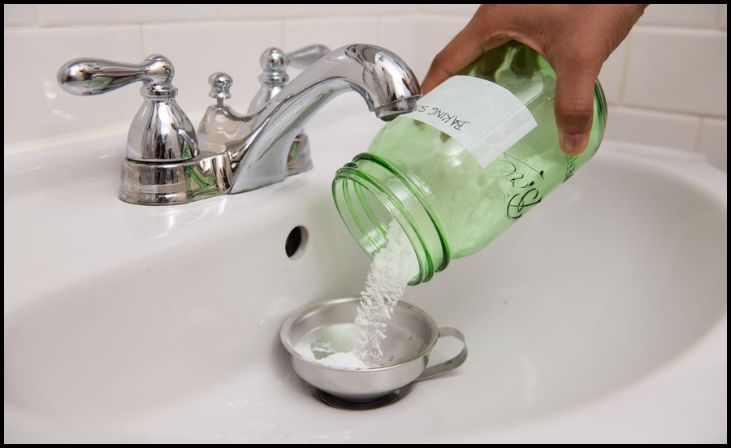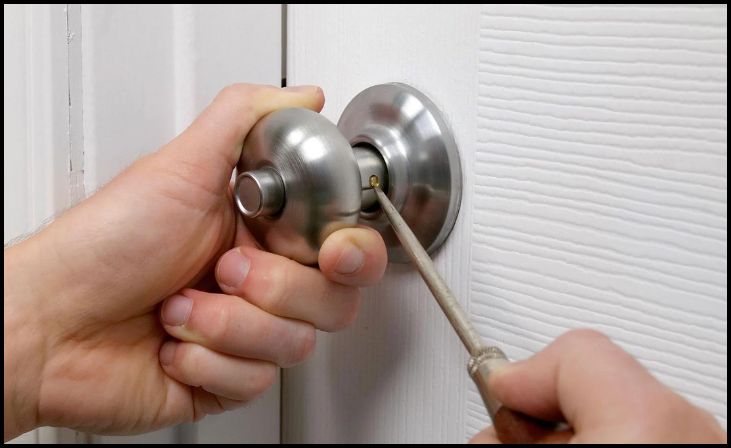DIY home repair hacks for homeowners – Homeownership comes with its joys and responsibilities, and one of the most empowering aspects is the ability to take charge of your home’s maintenance and repairs. While it might seem daunting at first, learning basic DIY home repair hacks can save you time, money, and the hassle of waiting for a professional to arrive. Whether you’re dealing with a leaky faucet, a squeaky door, or a small hole in the wall, having some essential skills and tools at your disposal can make all the difference.
In this guide, we’ll explore a variety of DIY home repair hacks that every homeowner should know. From simple fixes that require nothing more than a few basic tools to more advanced projects that might require a bit of practice, we’ll cover a range of topics to provide you the confidence to deal with everyday home problems. So roll up your sleeves, gather your tools, and let’s dive into the world of DIY home repair!
DIY home repair hacks for homeowners
Unclogging Drains with Baking Soda and Vinegar:

Over time, drains can become clogged with hair, soap scum, and other debris, leading to slow drainage or blockages. A natural and efficient method for unclogging small obstructions is to use vinegar and baking soda. Baking soda, also known as sodium bicarbonate, is a mild abrasive that can help break down gunk and odors in the drain. When combined with vinegar, which is acidic, it creates a fizzy reaction that can dislodge debris. Follow up with hot water to flush away the loosened material.
Also Read – Financial Planning and Budgeting for Property Management
Fixing Squeaky Doors:
Squeaky doors are a common annoyance caused by friction between the hinges or the door and the frame. Lubricating the hinges with a silicone-based lubricant like WD-40 can reduce this friction and eliminate the squeaking. Simply spray a small amount of lubricant directly onto the hinges and move the door back and forth to distribute it evenly. If the squeak persists, try tightening the screws on the hinges with a screwdriver.
Patch Holes in Drywall with Toothpaste:
Small holes in drywall, such as those left by nails or screws, can be easily patched with toothpaste. Toothpaste, particularly the non-gel variety, contains similar compounds to spackle and dries to a hard finish. Simply squeeze a small amount of toothpaste into the hole and smooth it out with a putty knife or your finger. Once dry, sand the patched area lightly to blend it with the surrounding wall.
Use a Rubber Band for Stripped Screws:

Stripped screws occur when the screw head becomes worn or damaged, making it difficult to grip with a screwdriver. To remove a stripped screw, place a wide rubber band over the screw head and press down firmly with the screwdriver. The rubber band provides extra traction, allowing the screwdriver to grip the screw and turn it.
DIY Air Freshener with Essential Oils:
Chemicals used in commercial air fresheners have the potential to be bad for the environment and your health. Instead, create your own natural air freshener using water and essential oils. Essential oils are derived from plants and have natural deodorizing properties. Simply mix a few drops of your favorite essential oil, such as lavender or peppermint, with water in a spray bottle and spritz it around your home as needed.
Repair Scratched Wood Furniture with Nuts:
Scratches and scuffs are inevitable on wood furniture, but they can be easily camouflaged with a simple trick using nuts. Walnuts and pecans contain natural oils that can help restore the color and shine of wood surfaces. Simply rub a nut over the scratched area in a circular motion, allowing the oils to penetrate the wood. Buff the surface with a soft cloth to remove any excess oil and reveal the restored finish.
Fixing Loose Drawer Pulls with Toothpicks:
Drawer pulls can become loose over time due to wear and tear or improper installation. To fix a loose drawer pull, remove it from the drawer and inspect the screw holes. If the holes are stripped or too large for the screws, insert wooden toothpicks coated with wood glue into the holes. Break off any excess toothpicks and allow the glue to dry completely before reattaching the drawer pull.
DIY Cleaning Solution for Grout:
Grout, the material used to fill the gaps between tiles, can become discolored and dirty over time, especially in high-traffic areas like bathrooms and kitchens. A homemade cleaning solution made from baking soda and water can effectively remove dirt and grime from grout lines. Mix equal parts baking soda and water to form a paste, then apply it to the grout lines using a toothbrush or sponge. Let the paste sit for several minutes to penetrate the grout, then scrub the area thoroughly before rinsing with water.
Remove Carpet Indentations with Ice Cubes:
Heavy furniture can leave indentations in carpet fibers, particularly on plush or shaggy carpets. To remove these indentations, place ice cubes directly on the affected areas and let them melt completely. As the ice melts, the water will gradually rehydrate the compressed carpet fibers, causing them to swell and regain their original shape. You can also use a fork to gently fluff up the fibers and encourage them to stand upright.
Tighten Loose Doorknobs with Threaded Inserts:

Loose doorknobs are not only annoying but can also be a security risk if left unfixed. One common cause of a loose doorknob is stripped screw holes, which can occur over time due to repeated use or overtightening. To fix this issue, remove the loose doorknob and insert a threaded insert into the screw hole. Threaded inserts provide a more secure anchor for the screws, ensuring that the doorknob remains firmly in place. Simply screw the doorknob back into place, and it should feel sturdy and stable once again.
Conclusion
With the right knowledge, tools, and a can-do attitude, DIY home repair becomes not just a necessity but also a rewarding endeavor. Remember, even small fixes can make a big difference in maintaining your home’s comfort and value. Don’t hesitate to tackle projects yourself, but also know when it’s time to call in the experts. By investing time and effort into learning these essential skills, you’ll not only save money but also gain a deeper appreciation for your home and the satisfaction of knowing you can handle whatever comes your way. Happy repairing!
FAQs
What are the essential tools every homeowner should have for DIY repairs?
This question addresses the basic toolkit necessary for handling most common household repairs.
How can I determine if a DIY repair is within my skill level?
This question helps homeowners assess whether they can handle a repair themselves or if it’s better to hire a professional.






